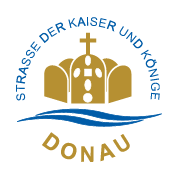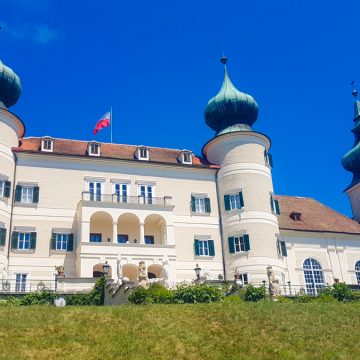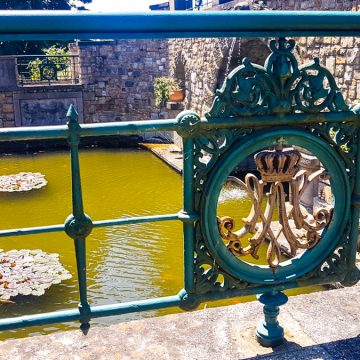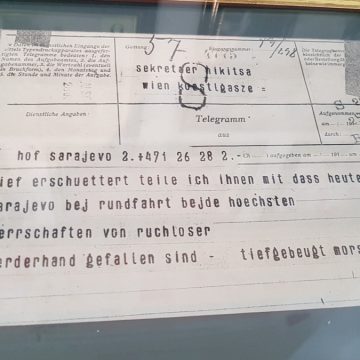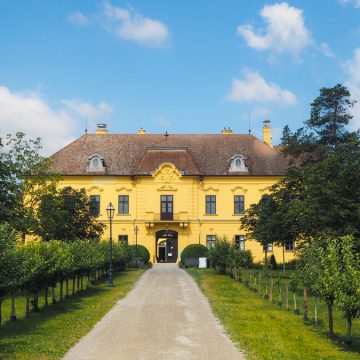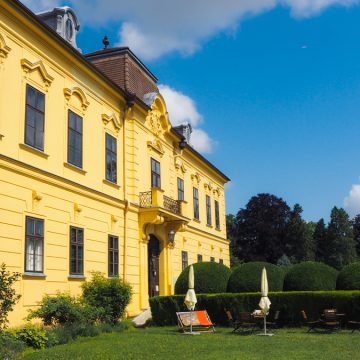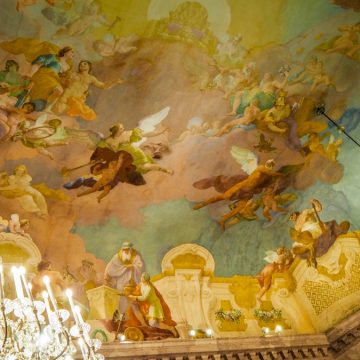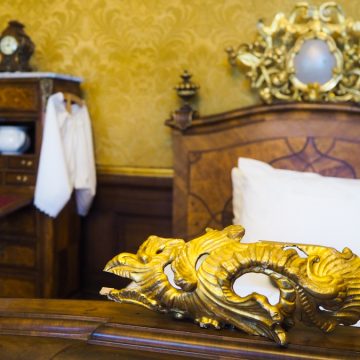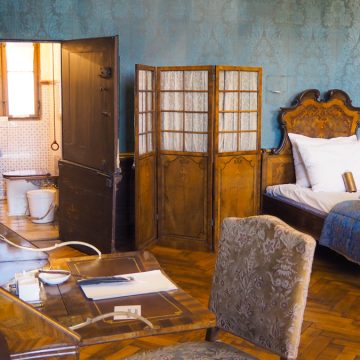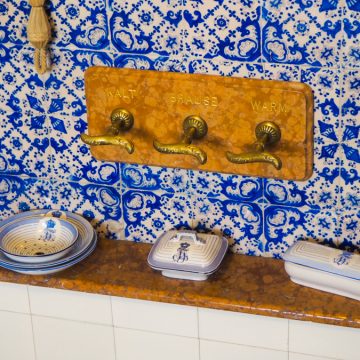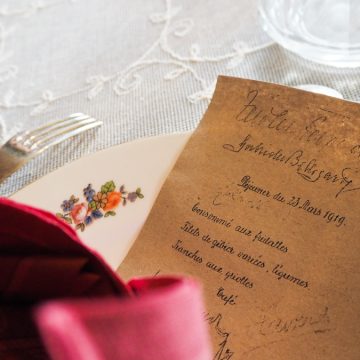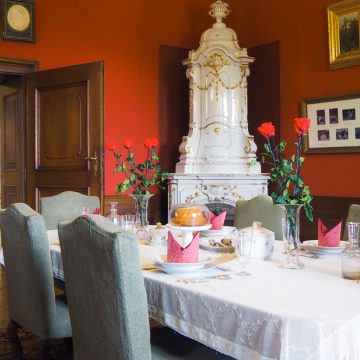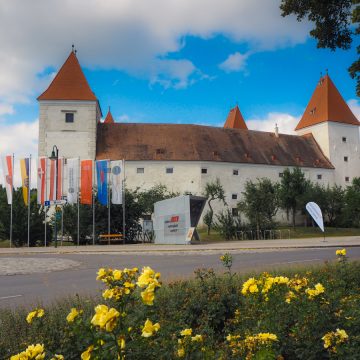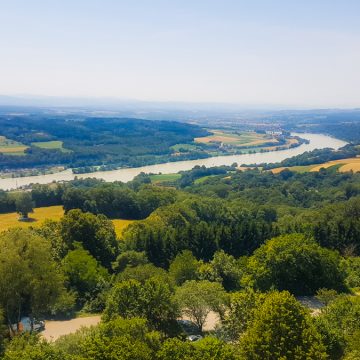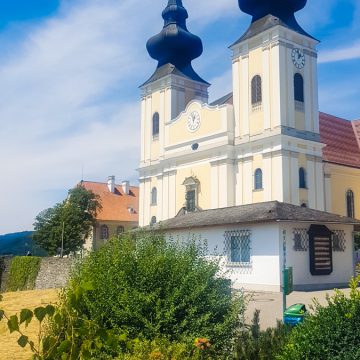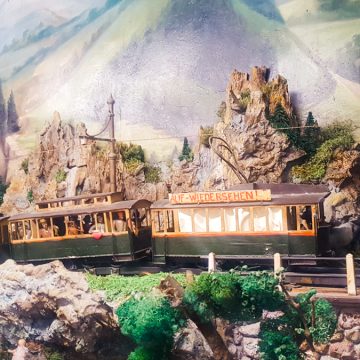Castles tour along the Danube
The End of the Danube Monarchy - The Castles of the Heirs to the Throne along the Danube
If the heir to the throne, Archduke Franz Ferdinand, had not fallen victim to an assassination attempt in Sarajevo in June 1914, the development of the Austro-Hungarian monarchy might have taken a different direction. For the archduke had already meticulously prepared his supreme personal succession to the throne. But then came the assassination. The Prince of Wales, Grand Duke Nikolai and Franz Ferdinand's hunting friend, the German Emperor Wilhelm II, had announced their attendance at the funeral. But Emperor Franz Josef disinvited them all, and the funeral ceremonies turned out to be meager. When the coffins from Sarajevo were finally taken by train to the ferry on the Danube via Trieste and Vienna early in the morning in Pöchlarn, a thunderstorm broke out. From Pöchlarn we went up to the Artstetten Castlewhere Franz Ferdinand and his Sophie were to be buried.
Despite his marriage of love to Sophie, the heir to the throne was not exactly popular with the people. He was considered stubborn, erratic, trigger-happy, irascible, gruff and not very sociable, a manic collector and hunter. Karl Kraus characterized him: "He was no greeter. He did not aim at that unexplored region which the Viennese calls his heart." Well, for a Karl Kraus, that was still quite a nice way of putting it.
Sophie used to react to his outbursts of anger in her own way. When she pointed to her brooch in the shape of a lamb during joint appearances (there were not many, because she was boycotted at court), she tried to forestall an impending outburst of anger from her husband. He, in turn, gave her a porcelain sheep as an apology after each tantrum.
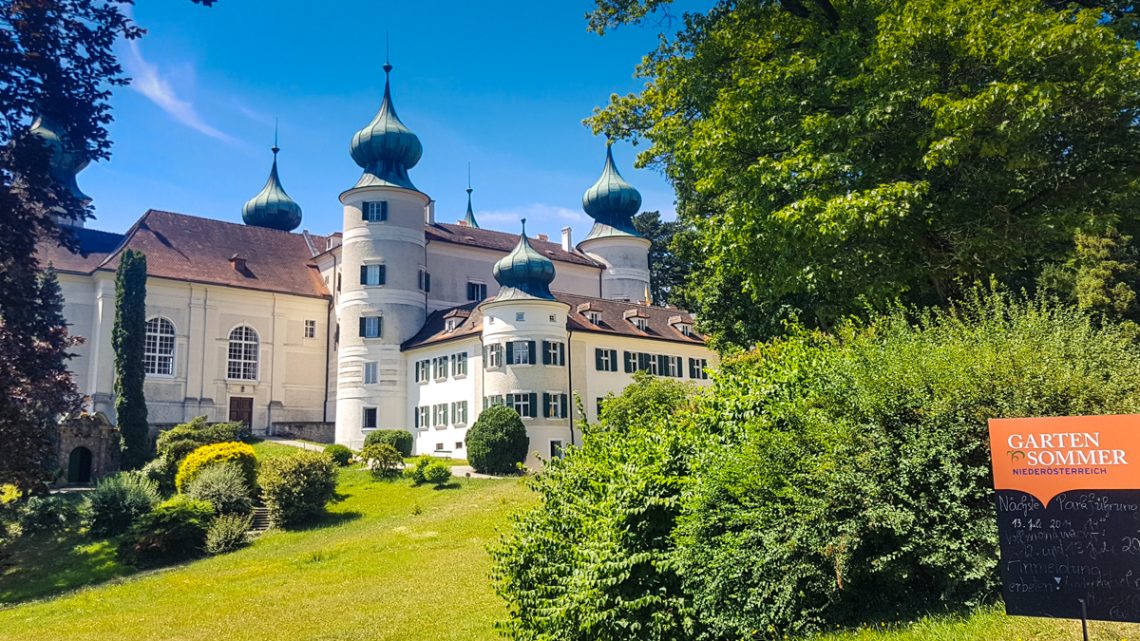
We do not know whether this beautiful custom has been passed on to his descendants. But we could ask them. Because up there high above the Danube valley, where Franz Ferdinand recovered with his wife and children from courtly ceremonial in Vienna, is where his great-granddaughter Anita Hohenberg still lives today : in Artstetten Castle near Pöchlarn on the Danube . Here in the Franz Ferdinand Museum, the family has set up a commemorative museum with everything that remains of the private man. Even the porcelain sheep. There are many.
If the titles of nobility still existed today, Franz Ferdinand's great-granddaughter could call herself "Princess: Anita Hohenberg and daughter Alix still show visitors around the house themselves on some occasions; they themselves live here with their family all year round. Great-great-granddaughter Alix d'Harambure-Fraye likes to live with her history, has traveled the world, and today is everything in one: estate manager, museum director, and manager of the castle, the museum, and the nature park. Do her kids splash around in the baroque bathing pond of the former heir to the throne? In any case, a pink air flamingo bobs there in summer. Or was it a unicorn? In any case, not a lamb.
In Artstetten, Franz Ferdinand was comfortable: a luxury bathroom with running hot water, telephone, electric light, elevators and central heating. The old emperor, on the other hand, did not even use the new telephone (installed at the toilet), while Franz Ferdinand was always busy and impatient telephoning, telegraphing, instructing and planning. Franz Ferdinand even drove his own car. Yet another anathema in the eyes of Franz Josef, who "pigeonholed" Franz Ferdinand's political advances - just as he had once done with his son Rudolf.
Franz Ferdinand was prepared for the future, but he was at war with the new cultural trends. Viennese modernism was a thorn in his side, and he tried to prevent Otto Wagner buildings in Vienna - he preferred lavish baroque. At Upper Belvedere in Viennahis official residence, where he also operated a kind of shadow government in the event of his imminent accession to the throne, he saw to a neo-Baroque restoration. He even wanted to "break all the bones" of the young Oskar Kokoschka from Pöchlarn, because he did not like his style, and Gustav Klimt did not get a chair at the art academy because of him.
Franz Ferdinand had guardianship of his nephew Karl from 1906, whom he may also have initiated into his reform plans. Karl was born in nearby Persenbeug Castle near Ybbs; no one ever thought he would become emperor. Too many were ahead of him in the line of succession. But after the end of the war, the people no longer wanted an emperor by the grace of God.
Karl leaves Schönbrunn Palace and goes to Eckartsau Castle in the Marchfeldbecause it is privately owned by the Habsburgs. Of course, they are not alone, but still traveling with an entourage: 115 people - from ironers to letter carriers, hunting assistants and court chauffeurs to the gardener and the window cleaner - are busy around Karl and Zita. Everything in the palace still reminds Karl of his uncle Franz Ferdinand, parties and hunts, high guests of an imperial heir to the throne. Here, too: Hot shower, telephone, electric light. For the baroque splendor in here, as once Franz Ferdinand had so approved, one has now no more sense. Nor for the ceiling frescoes by the Baroque painter Daniel Gran: hardly a palace, monastery or church in the Danube region without one of his lavish ceiling frescoes.
Eckartsau Castle is the refuge of the last Habsburg emperor for four months: a fateful castle. On 23.3.2019 in the afternoon, Karl boards the saloon car specially brought here for exile to Switzerland at the tiny station Kopfstetten near Eckartsau in field marshal uniform with his family. "A ghastly bumpy road" led to the station, where, despite post-war misery, 2,000 emperor loyalists were waiting. Today a renovated relic without rails...
What the no longer imperial family had for their last lunch at Eckartsau Castle? Frittata soup, venison and, for dessert, sour cherry slices. We can recreate the whole menu today, the exact recipe can be found on the website of Schloss Eckartsau. A meager meal for an imperial family - but the people are really miserable: bread made of wood and cake made of potato peels. Hours after the last frittata soup at the border crossing. Stefan Zweig, himself in exile for years while writing his "World of Yesterday," writes about a ghostly occurrence:
"Slowly, I would almost say majestically, the train rolled up, a train of a special kind, not the worn, rain-washed ordinary passenger cars, but black, wide cars, a parlor train. The locomotive stopped. A palpable movement went through the rows of waiting people, I still did not know why. Then I recognized Emperor Karl, the last Emperor of Austria, standing tall behind the mirrored window of the carriage, and his wife, Empress Zita, dressed in black. I cringed: the last Emperor of Austria, the heir to the Habsburg dynasty that ruled the country for seven hundred years, was leaving his kingdom!"
As a car enthusiast, Franz Ferdinand had also once had Eckartsau Castle connected to Orth Castle and Niederweiden Castle in the Marchfeld region by a new automobile road. In Orth Castle, his uncle Crown Prince Rudolf, who was also politically hapless, had still celebrated parties, had the Schrammeln play and had taken Leibfiaker Bratfisch into service.
In addition to Artstetten as a museum and family residence, Eckartsau and Orth have also made the leap into modern times, just as Franz Ferdinand once did. Eckartsau Castle is among the three best locations in Austria in the "Austrian Wedding Award", Orth Castle is the national park center of the Danube floodplains. Incidentally, the last Empress Zita was allowed to re-enter Austria after 63 years of exile in 1982, without ever having signed any renunciation of her imperial dignity herself - a loophole in the law made it possible. Her funeral in Vienna was a veritable spectacle for the masses: unlike Franz Ferdinand, Sophie and Karl, she found her final resting place in the Capuchin crypt of the Habsburgs.
- Artstetten Castle. The apartment of the heir to the throne Franz Ferdinand with museum
- Marchfelder Schlösserreich - Five treasures from another time: Schloss Hof, Niederweiden, Eckartsau, Marchegg, Orth -
- Eckartsau Castle. Imperial high culture in the Danube floodplains. Guided tour through the baroque state rooms and interactive exhibition for the commemorative year 2018.
- Capuchin Crypt
- The imperial family often hiked from Artstetten to Maria Taferl, this now historic trail can still be walked and is also a stage of the long-distance hiking trail Nibelungengau and also the Austrian Way of St. James. Through the former hunting ground it goes on a good 5 kilometers to the place of pilgrimage
- Picnic meadow in front of Eckartsau Castle: picnic basket from the castle café
- A hidden gem in Maria Taferl: Mechanical Alpine Panorama in the Golden Lion Inn. 100 moving figures in the mountain panorama, operated by a leather strap and a crank. Over 100 years old.
- At the foot of Maria Taferl in Marbach on the Danube: handmade foam rolls at Café Konditorei Braun
- Stop and stay at the Schlossgasthof Artstetten
- Oskar Kokoschka Center Pöchlarn
- Persenbeug Castle
- Marchegg Castle: Every year at the end of March, up to 100 storks arrive here to breed and raise their young. They stay until mid-August, when they fly back to Africa. The largest tree-breeding white stork colony in Central Europe!
- Danube Floodplains National Park
- One of the largest furniture collections in the world in Vienna: the original furniture of the Habsburgs in the Imperial Furniture Collection
